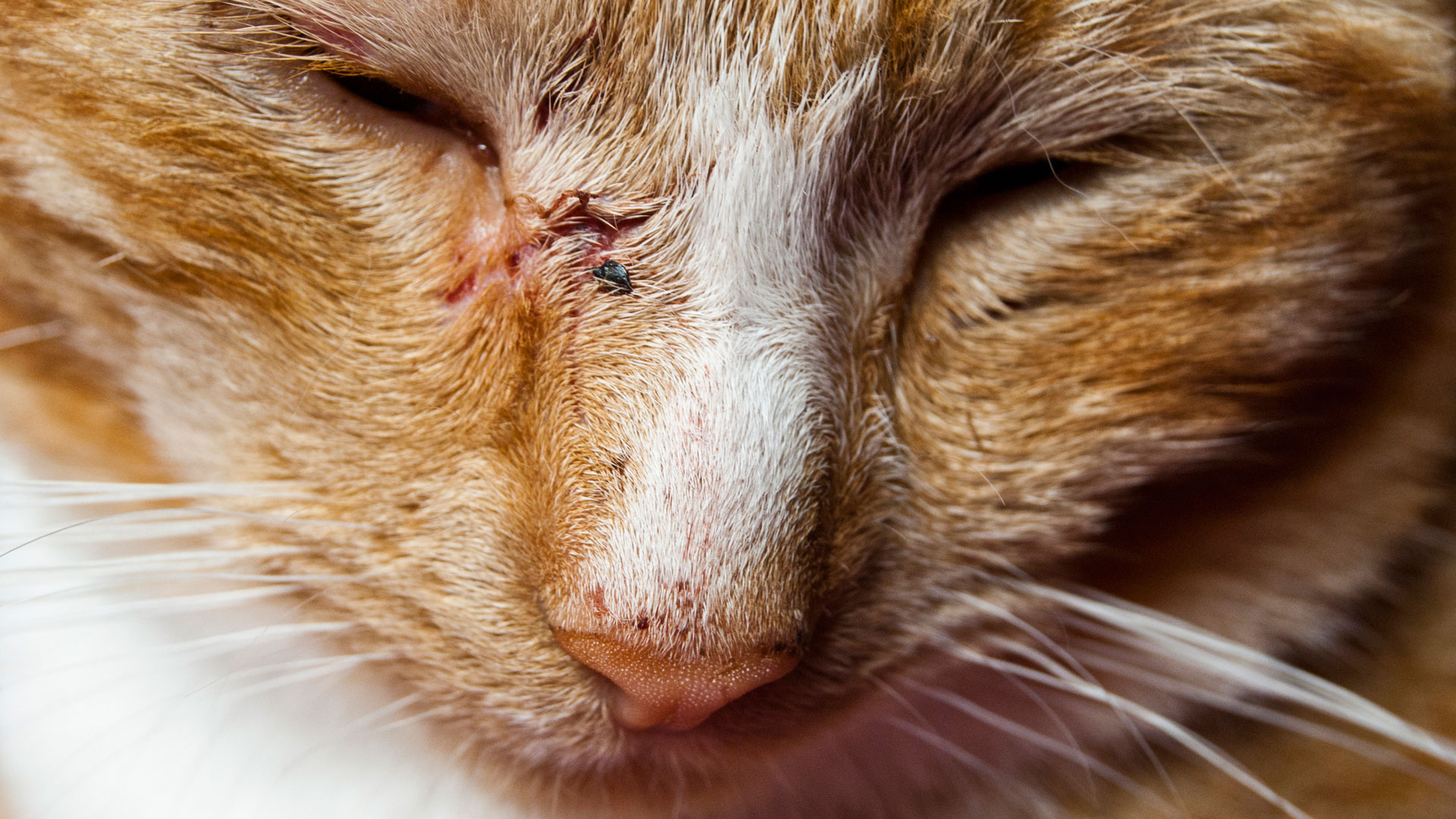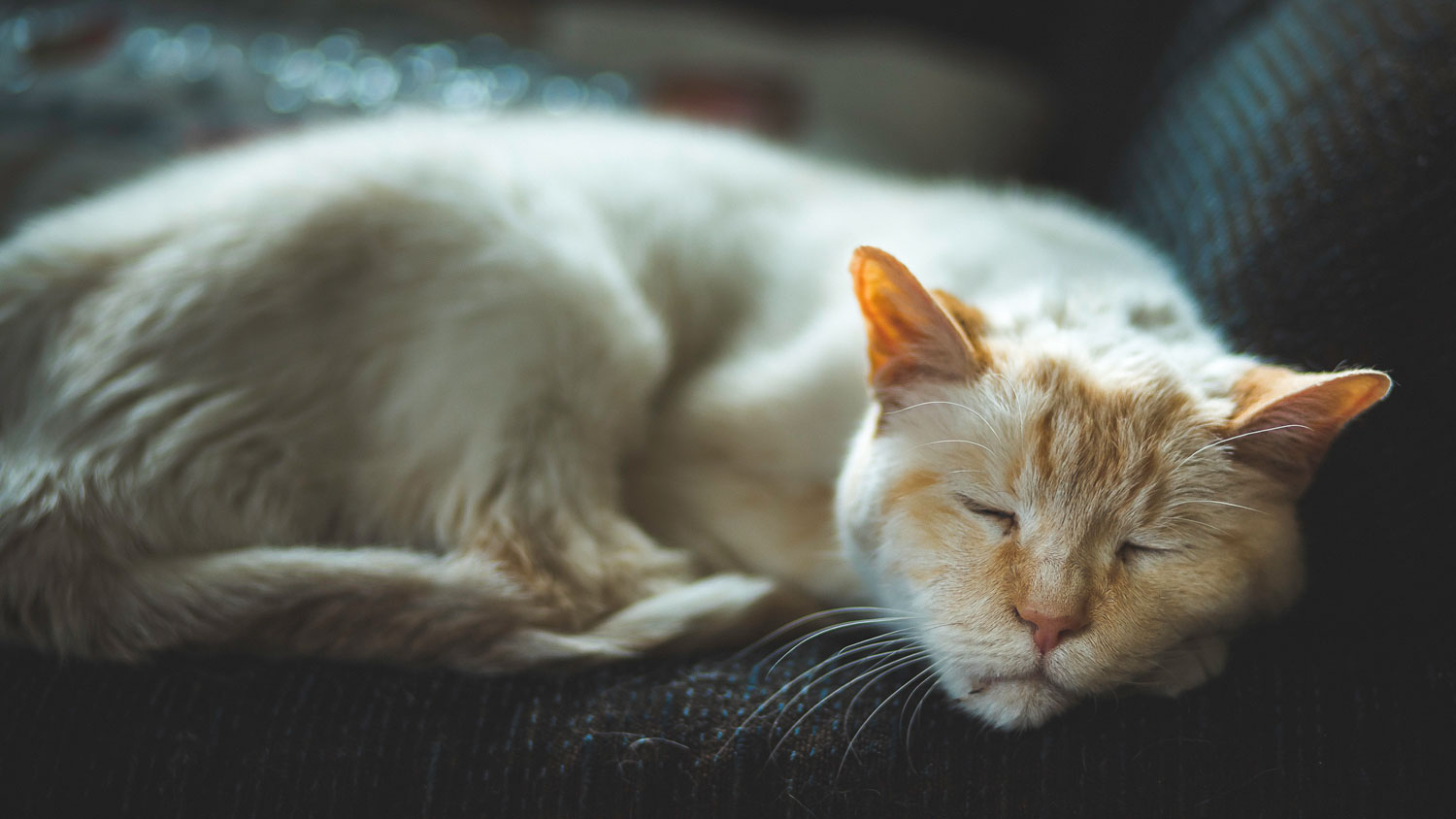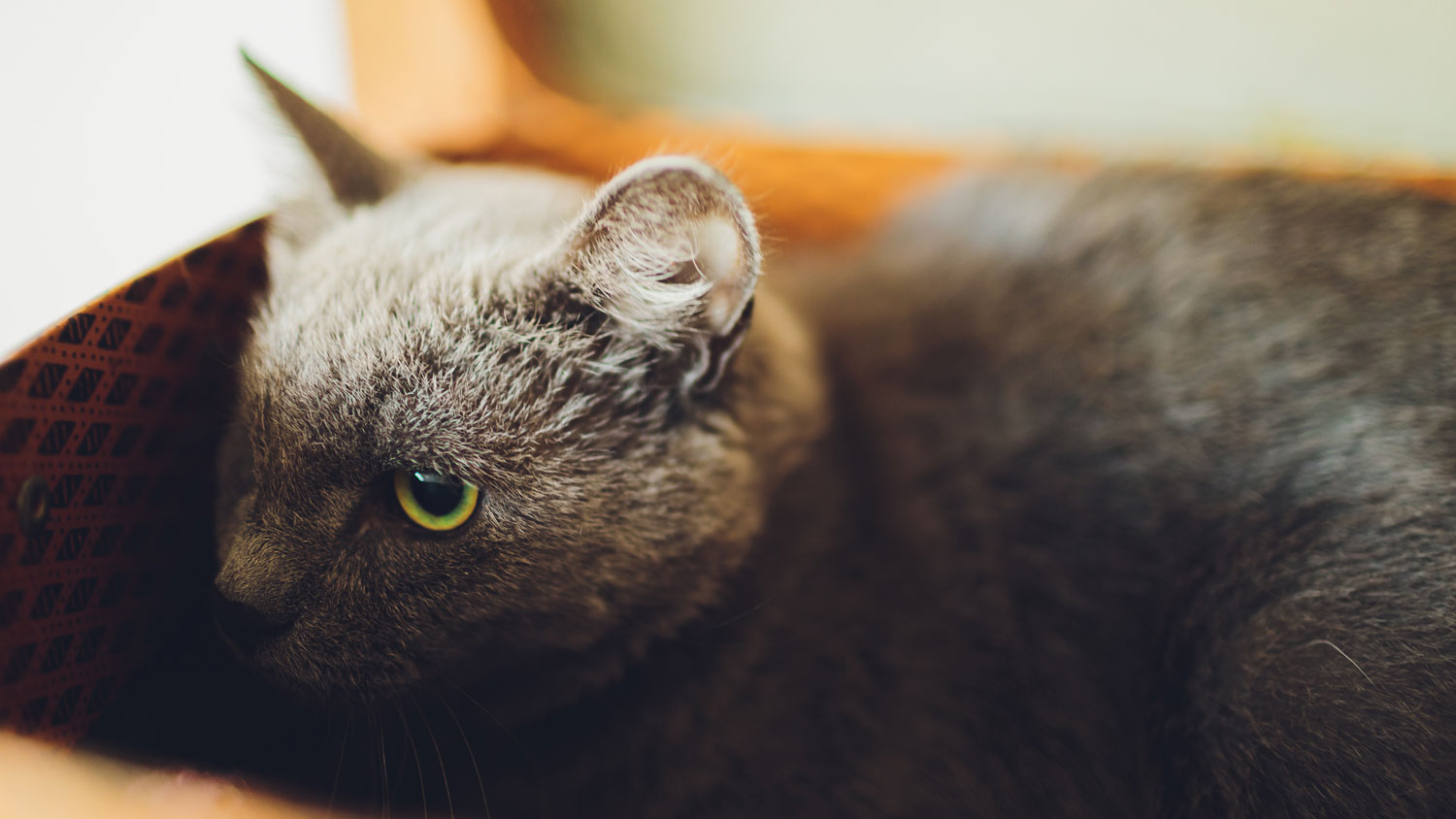Signs of pain in cats: How do you know if your cat is in pain?
Learn to recognize the signs of pain in cats so you can tell if your kitty's suffering

Our furry family members can't tell us when they're in pain or feeling unwell. And any vet will tell you that their job would be a lot easier if the pets they were treating could talk! So, if they can't talk, how can you tell if your cat is in pain?
This article covers cat behavior and the signs of pain in cats so that you know what to look out for and when to be concerned. That way, you can get the help you need and make sure your cat isn't suffering in silence.
If you're interested in cat behavior and understanding how kitty's feeling, why not also read our article on cat body language? And if your feline appears out of sorts to usual, our guide to depression in cats can help you spot the warning signs.
- My cat is limping: Vet's guide to causes and what to do
- Why is my cat crying? Vet's guide to what it means and what to do
How do cats show emotion?
Although cats don't smile, laugh or cry as we do, they're still pretty good at making their emotions clear; you just need to know what to look for.
Just like humans, cats' facial expressions will change depending on how they feel. If they're angry they might raise their lips to show their teeth, and their ears might lie flat to their head.
Cats will also change their behavior depending on their mood, so if they're sad or scared they might withdraw and hide, or if they're happy they might rub against your legs. Their posture, body language, and the noises they make will also change depending on their mood and emotions.
Signs of pain in cats

As you can see, if you know what you're looking for you'll realize that cats are giving you plenty of clues about what they're feeling. You can use these pointers to find out whether they might be in pain.
Facial expression
A cat in pain might seem to be squinting or frowning. Their eyes might even seem to be almost closed. They'll also tend to have a very tense jaw and muzzle, meaning that their nose, lips, and lower jaw form a flatter, ellipse shape rather than being round like normal.
Their ears may be tilted backward or even flat to their head. Rather than being curved, their whiskers will be straighter and project forward rather than outward.
Behavior changes
Cats who are in pain may be less interested in affection and interaction. So, they might hide away and move very little.
They might stray from their usual routine of eating, playing, toileting and venturing outside, preferring to be more sedentary and stay somewhere quiet. As well as staying out of the way, they might growl, hiss, or act aggressively and irritably in other ways.
Body language
Cats who are in pain may not want to be touched. So, they might not approach you to sit on your lap for a fuss like they usually do.
Instead, they may avoid you and you might notice them flinching when you go to touch them. On the other hand, some cats become more affectionate and open to touch when they are in pain or unwell, just like many humans who might also want a cuddle when they're sick or suffering.
Posture
If your cat is in pain, you might notice them limping, holding one paw up, or struggling to walk. However, sometimes the signs of pain are much more subtle than that.
For instance, a cat in pain might not have a limp or any obvious mobility problems, but their posture might be hunched with their head lowered.
Vocalization
Cats don't always cry out in pain when they are sore, although loud meowing or yowling could indicate severe or sudden pain. Sometimes, cats become much quieter and less chatty than they would usually be.
It's also worth remembering that, although purring is sometimes a sign of a contented cat, it can also be a sign of pain. This is because cats often purr to reassure themselves and self-soothe.
Signs an older cat is in pain

If you have an older cat who's getting a bit stiff from arthritis, you might find it tricky to decide whether they're in pain. However, if you look closely at their appearance and behavior, you can often spot the signs.
Older cats with arthritis often stop grooming as much as they used to, so they have unkempt or clumpy fur, often with some dandruff. If they use a litter box, you might notice they struggle to get in their toileting positions as quickly as they used to, and their aim might not be as good.
If you watch them as they move around, you might spot that they're more hesitant to jump onto the sofa or window sill or perform other tasks that they used to do with ease.
What to do if you suspect your cat is in pain
If you think your cat might in pain, you should take them to see a veterinarian right away. The vet can check for broken bones, wounds, and other serious injuries, as well as give them pain relief medication to make them comfortable.
You mustn't try to treat your cat at home without a vet's advice, since paracetamol, ibuprofen, and some other human medications are toxic to cats.
How to tell if a cat is dying
If you think your cat is dying you should take them to a vet immediately. The signs that a cat is about to pass away are quite varied, but include extreme lethargy, shallow or fast breathing, gasping, and dilated pupils.
Seizures, feeling cool to the touch, unresponsiveness, and unusual vocalization are also signs that something could be seriously wrong.
How do you comfort a dying cat?
If you are worried that your cat might be dying, you must take them to a vet. Losing your companion is the hardest thing, and sometimes it can seem like a blessing if they pass naturally at home.
However, this is rarely as pleasant or quick as you'd imagine, and it could mean that your poorly kitty suffers for hours or even days. Although deciding to have your pet put to sleep is a horrible decision, it's the kindest thing you can do.

Dr Hannah Godfrey is a small animal vet with a love of dentistry and soft tissue surgery. She lives in Wales with her partner, son, and their two cats.
How can you tell if a cat is purring in pain?
Because cats purr when they're happy, when they're stressed, and when they're in pain or unwell, you might not find it easy to work out if your purring cat is in pain.
However, keep an eye out for other signs of pain, like a change in their routine, behavior, posture, and body language. If your cat wouldn't normally purr in a particular situation, this could also be a sign they're in pain. If you're not certain, it's best to take them to the vet clinic just in case.

How do you comfort a sick cat in pain?
If your cat is in pain, they need to see a vet for treatment. Once the vet has determined the cause of the pain and prescribed treatment, you might need to care for them at home. A padded, cozy bed somewhere quiet with easy access to food, water, and a litter box, will help to keep your kitty comfortable while they recover.
As humans, we find it easier to read other people's emotions than our cat's emotions, because that's what we're used to. But, cats are actually very good at letting us know how they're feeling, as long as you know what signs to look for. By keeping an eye out for signs of pain in your cat, you can make sure your kitty is as comfortable as possible.
Are you wondering, ‘Why is my cat shaking?’, then this vet’s guide is a good place to start. Questioning ‘Why is my cat overgrooming? It might be a sign that they’re in pain.
PetsRadar Newsletter
Get the best advice, tips and top tech for your beloved Pets
Dr Hannah Godfrey is a small animal vet who graduated from the Royal Veterinary College in 2011 and began work straight away at a busy mixed practice. Initially, she treated all species, but focussed on small animals from 2014. She has a passion for soft tissue surgery, ultrasound, and canine and feline dentistry, having completed additional training in these areas.
